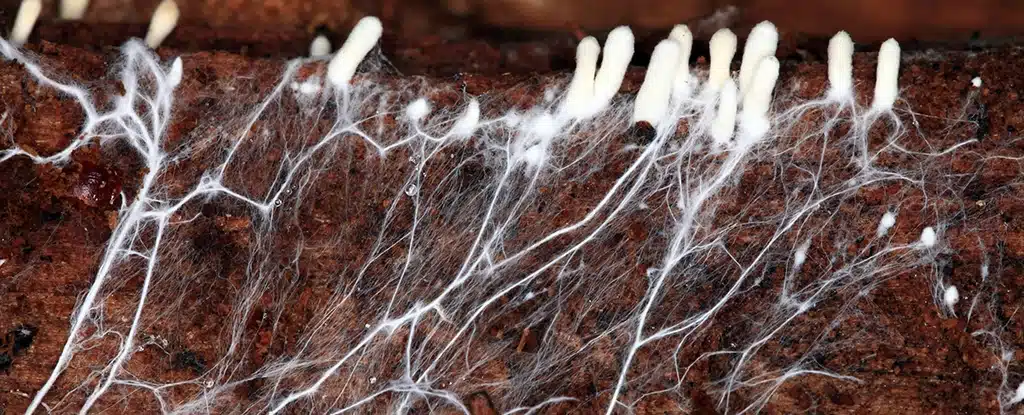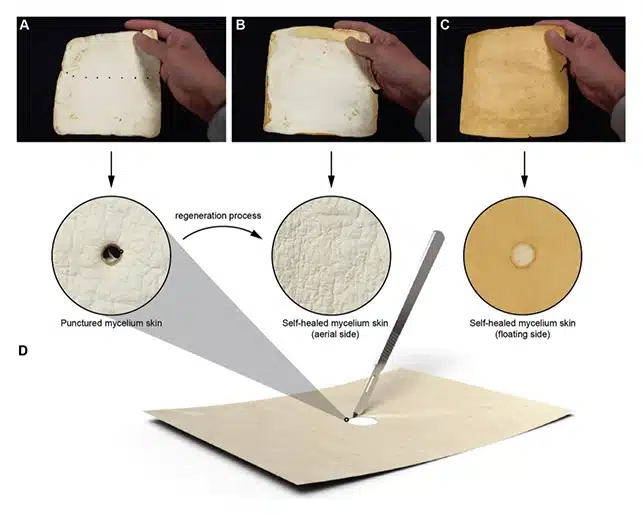Research on smart fabrics, the intelligent fabrics that will make up our clothes of the future adds another candidate. A team of researchers from the universities of Newcastle and Northumbria in the UK has discovered that the thin, root-like filaments produced by mushrooms could be worn, to make actual living clothes.

Mushrooms at work: discovering the textile mycelium
The researchers focused on the mushroom ganoderma lucidum, creating a “skin” from branching filaments (called hyphae), which together intertwine into a structure known as a mycelium. With a little work they could replace leather, becoming the centerpiece of a new fashion.
As you may know by following this site, mycelium-based materials are already being tested or used in various industries, from construction ai "Fabrics. Some ongoing research puts mycelium at the center of a versatile production that it can replace plastic, leather and even wood.
However, production methods usually kill chlamydospores, which are fungal spores that help the organism regenerate. In the new study presented in Advanced Functional Materials (I link it here) the researchers took a new approach.
By combining mycelium, chlamydospores, carbohydrates, proteins and other nutrients in a liquid, they produced the growth of living “skins” that can be removed and dried.
Living, sustainable and innovative clothes
The first phase of the research produced some truly promising material. At the moment it is not yet thick and resistant enough to be transformed into an item of clothing, but the researchers hope to make it more resistant, perhaps by combining layers or "plasticising" it with glycerol.
Why would they be living clothes? Because this new production method does not kill the chlamydospores, which can be reactivated to grow new hyphae and repair any damage to the material.

The next steps
“Engineered living materials composed entirely of fungal cells offer considerable potential due to their functional properties,” the researchers say.
They're not wrong. We could have clothes capable of adapting to the environment, of repairing themselves, even capable of "growing" and being cut like hair or a beard. Imagine a short-sleeved t-shirt that we can make long-sleeved in the winter, and then cut the sleeves off when summer returns.
It will still take a while, but these results open up interesting prospects for so-called engineered living materials.


